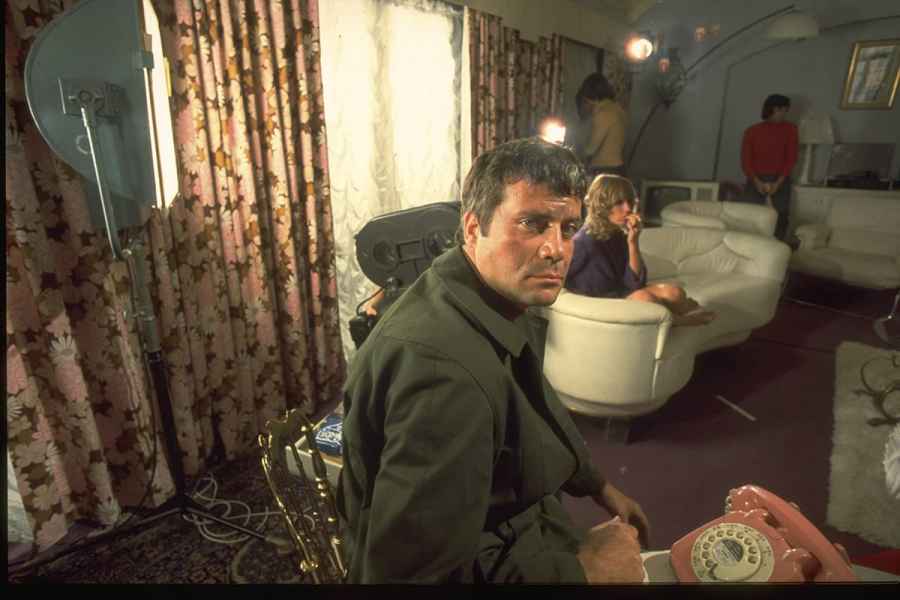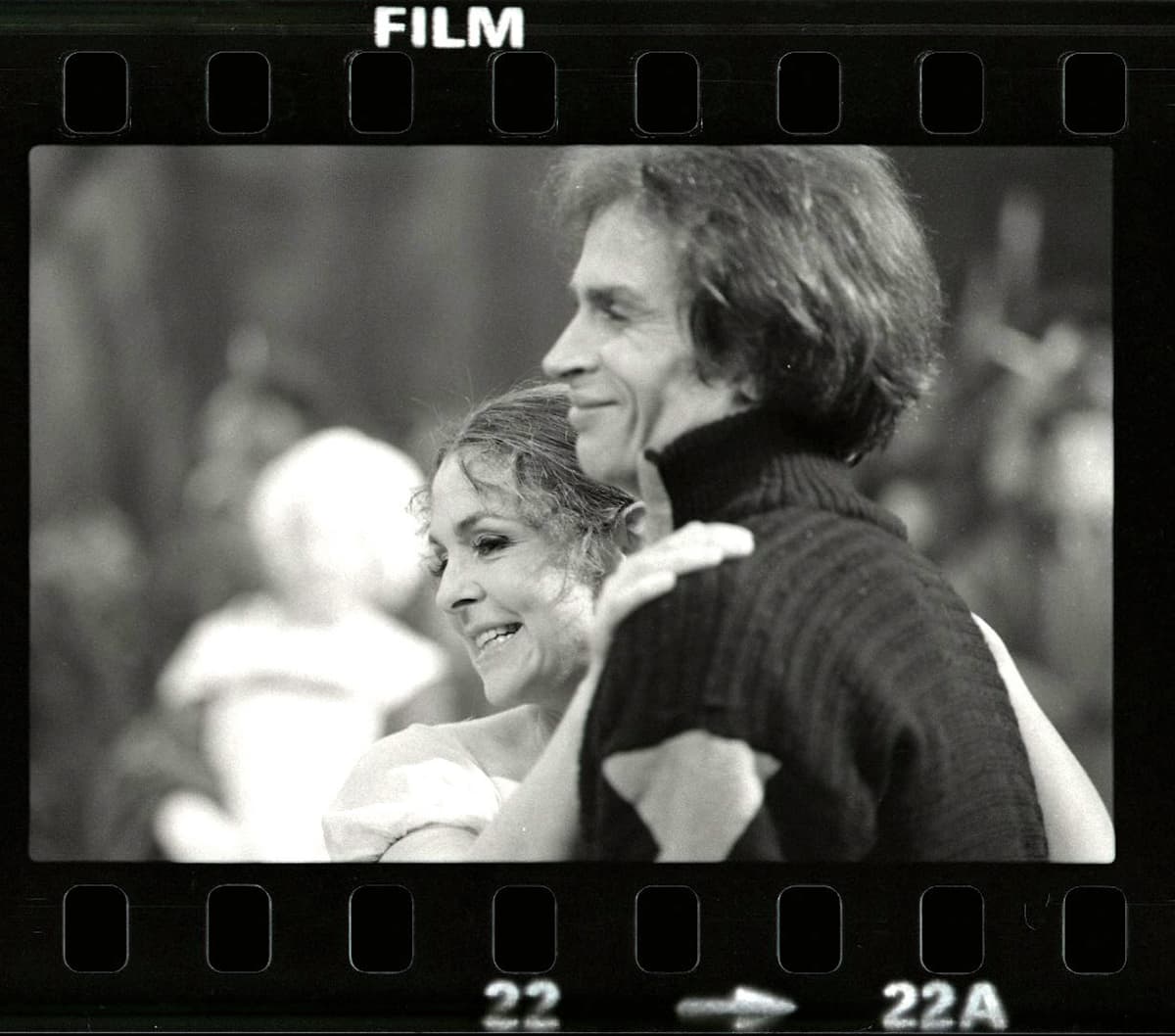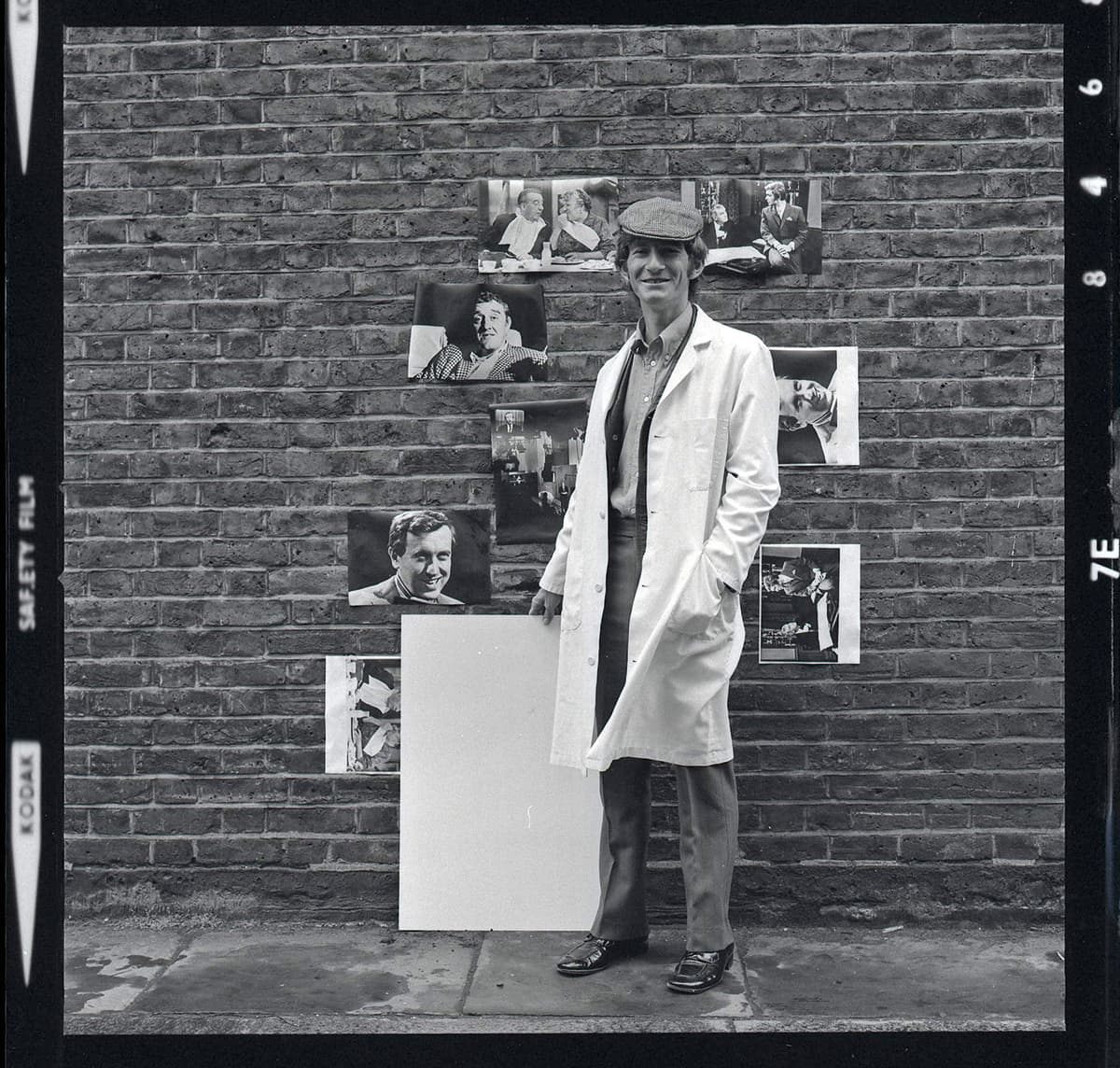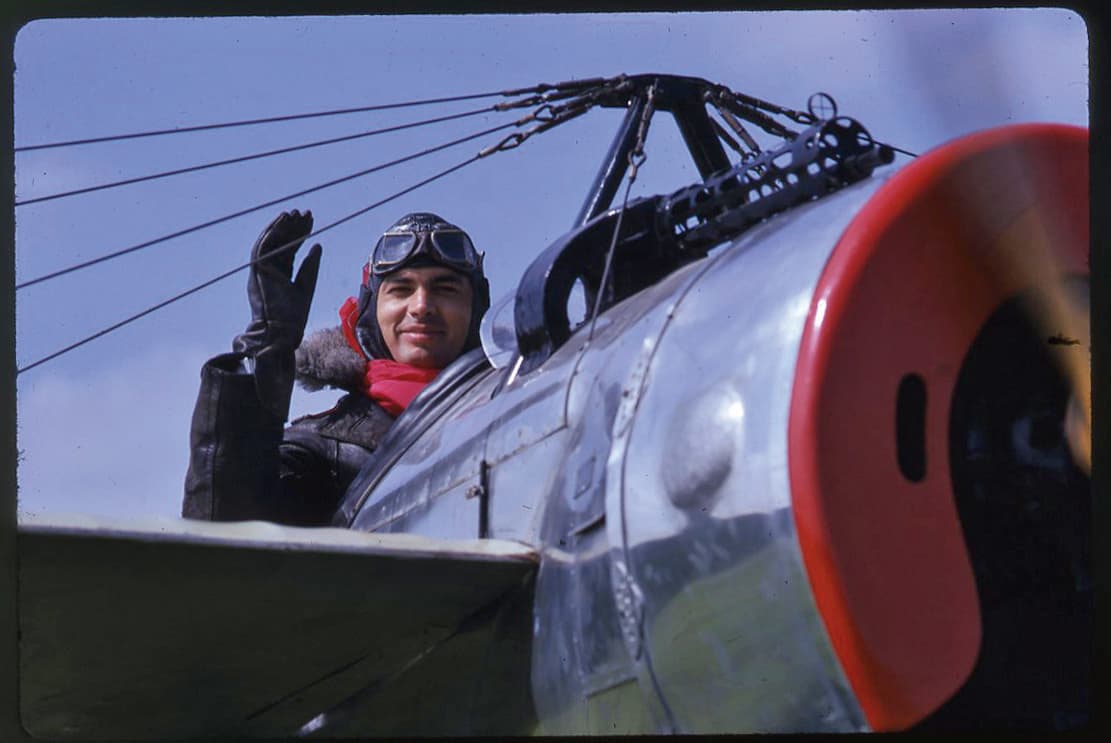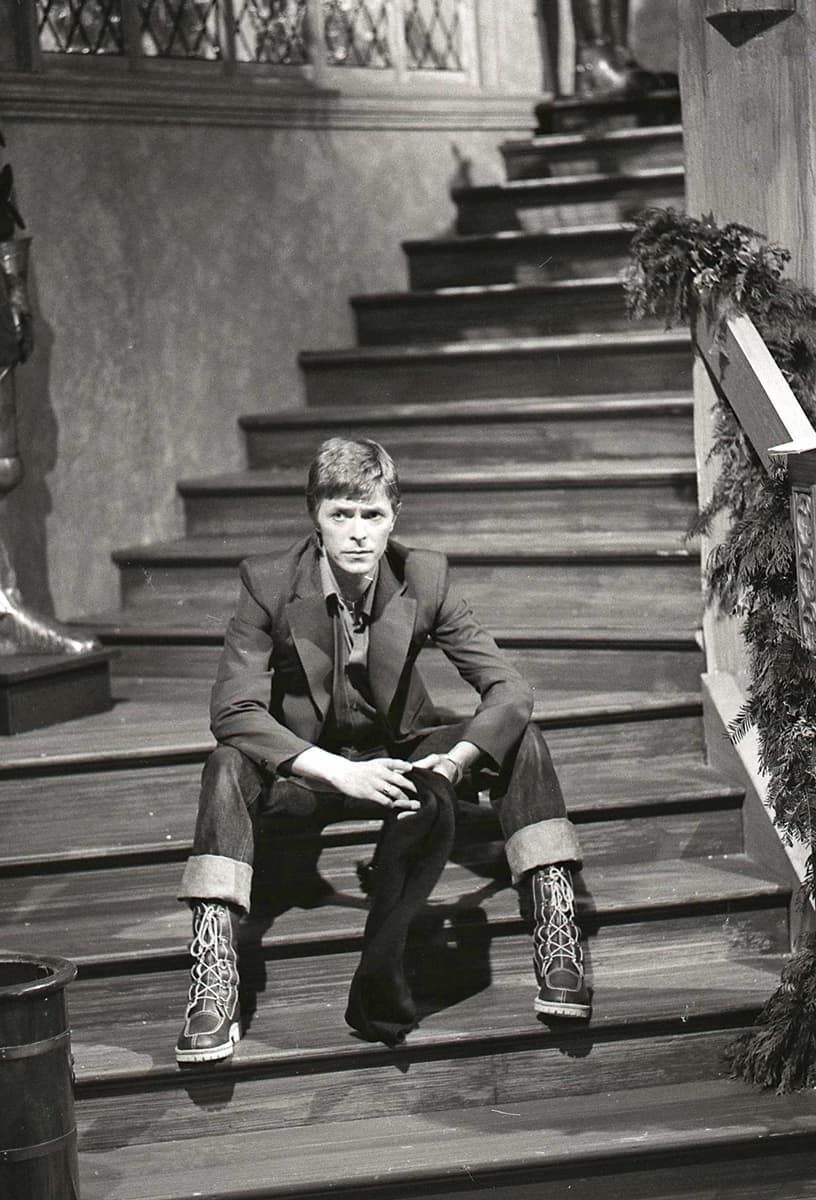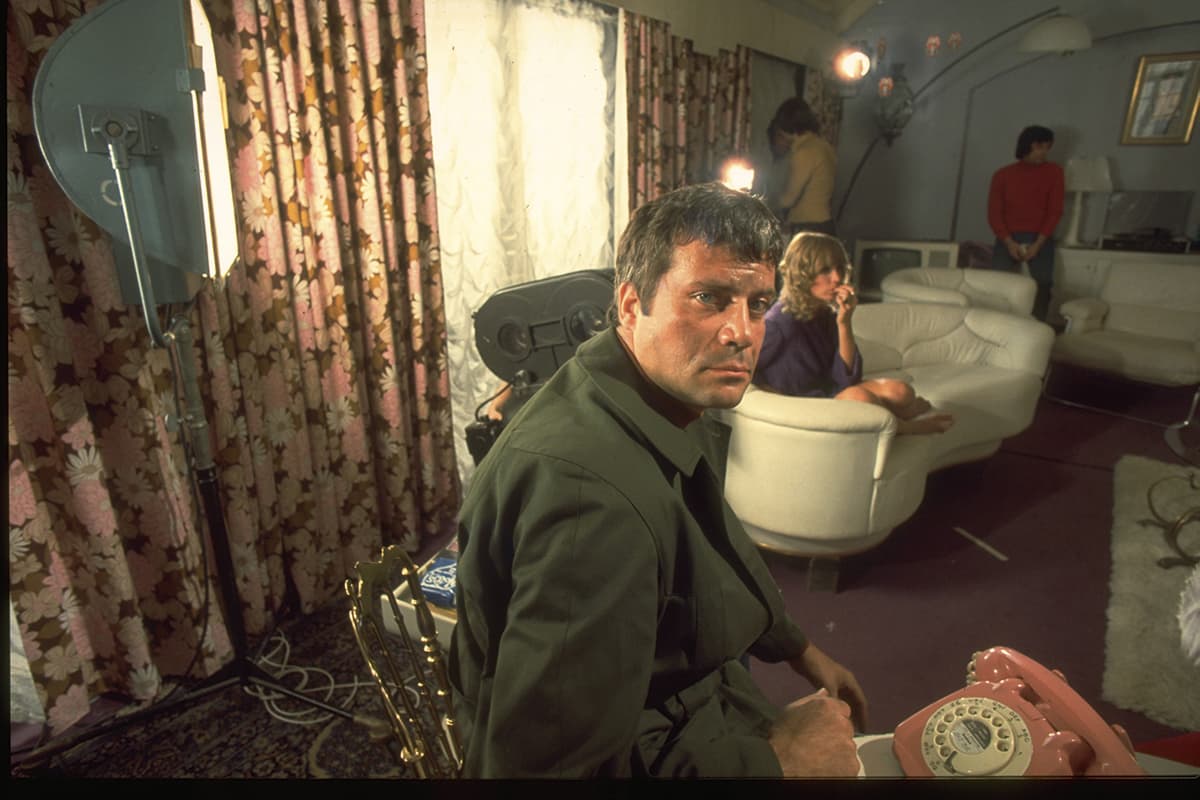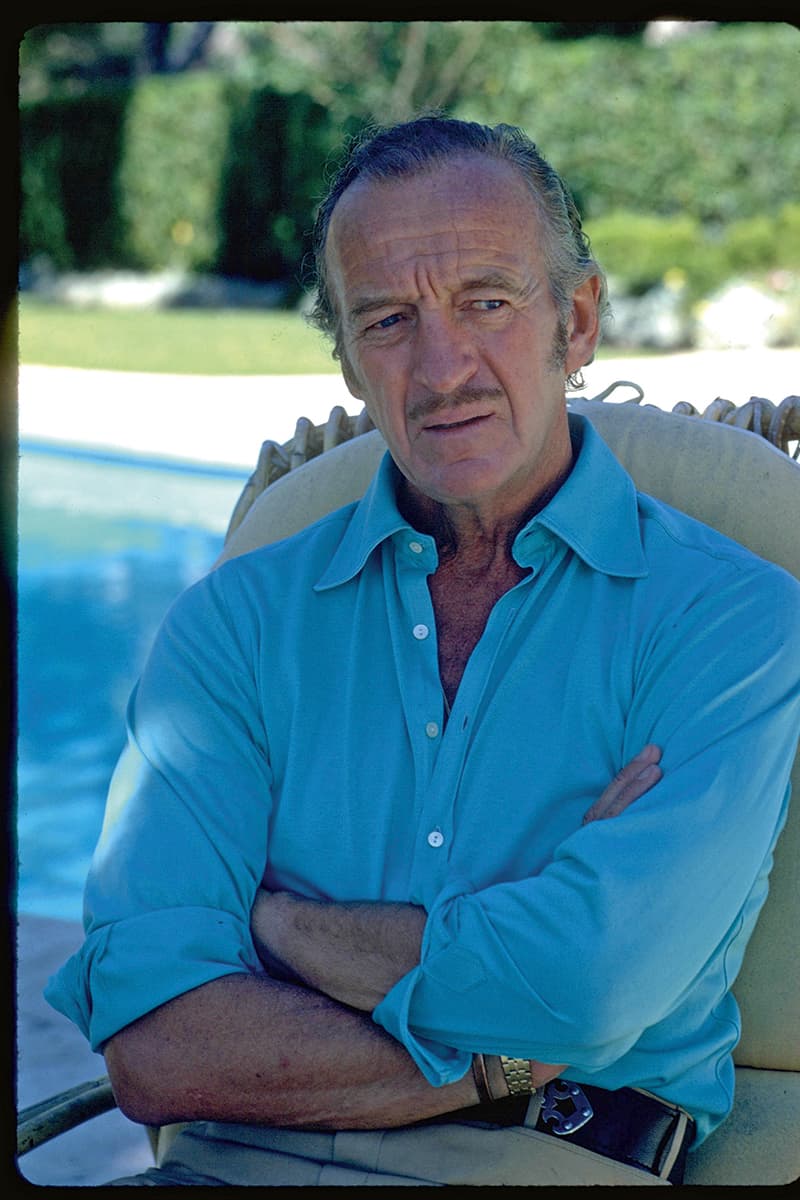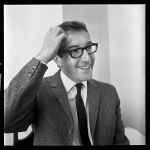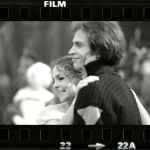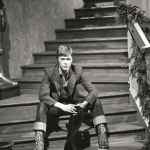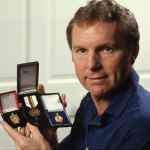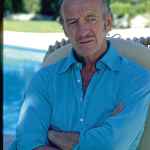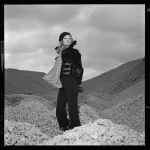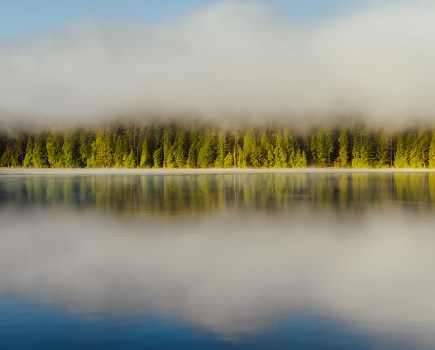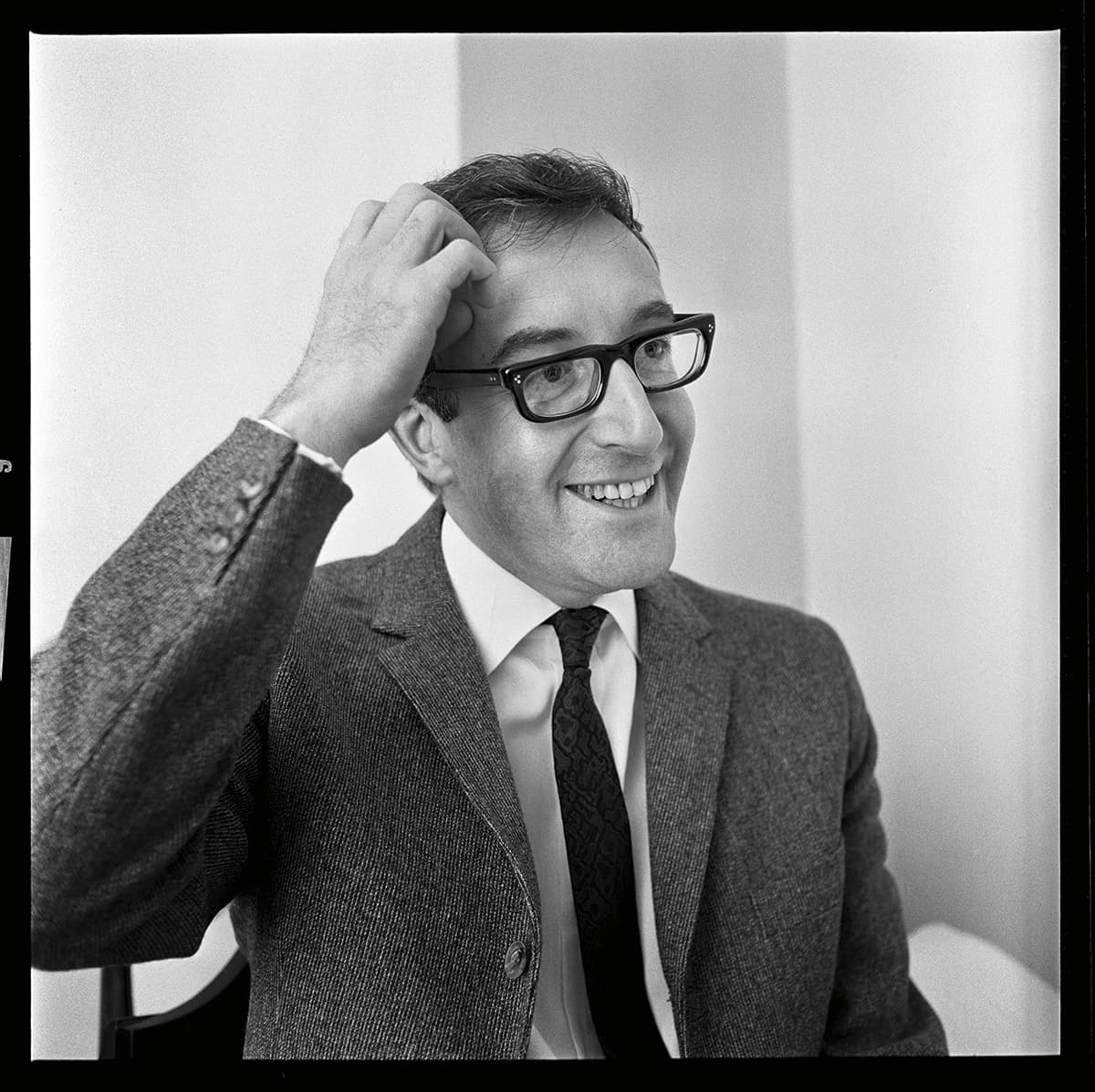
Peter Sellers just before his appearance on Granada’s film show, Cinema, which screened on 12 October 1972
In our article Lost TV Times archive of celebrity images discovered we tell the story of how Time Inc UK rediscovered an exceptionally rare collection of portraits and on-set photographs of various stars of music, entertainment and sport.
All the original negatives had remained unseen since their publication in TV Times magazine some 50 years earlier. The collection was host to a variety of images of stars like Peter Sellers, Woody Allen, The Beatles and Diana Rigg, as well as some images taken by superstar photographers Helmut Newton, Cecil Beaton and David Bailey.
After a bit of detective work, we can reveal that one of the TV Times staff photographers was Rod Ebdon.
Rod Ebdon’s career has spanned decades and has seen him as one of the principle photographers on TV Times, as well as the stills photographer for a number of television shows. Most recently, he has begun shooting weddings. Find out more at www.rodebdonphotography.co.uk.
Rod has spent the past four decades working his way through pretty much all aspects of photography, including magazine, broadcast, photojournalism, fashion, beauty and, more recently, weddings.
He joined the TV Times staff in 1962, and back then the photography department was a small outfit. However, they soon realised that they needed more hands in the darkroom. Rod joined and worked his way up from handling chemicals in the darkroom to becoming a printer/photographer.
‘In those early days I was using a Rolleicord, which I’d bought for about £74,’ says Rod. ‘It was a great camera but quite slow to use, and the fastest black & white film we had then was 200 ASA, which is incredibly slow by modern standards. The film was fine generally, but when we went into a television studio to shoot, the lights were so dim. That was still a problem when we moved onto colour film and I was shooting with a tungsten Kodak 160 ASA film. Again, the lights were set low in the studios and had this orange glow. The colour stuff could look bloody awful, frankly.’
Back when Rod first started, the people who worked on TV Times consisted mainly of ex-newspaper members who had come from a background of working with 5x4in negatives before the standard changed to shooting with 120 film and the Rolleiflex cameras. SLRs and 35mm had yet to find their place within UK magazines and newspapers, despite famous photographers such as Henri Cartier-Bresson demonstrating the versatility of the format.
‘That was the mentality,’ says Rod. ‘The magazine wasn’t really run by picture people, it was run by words people. Peter Bolton, another photographer on the staff, had a Leica, which I loved but it was sort of old-fashioned. I ended up buying a Nikon F around 1965. So I had this beautiful 35mm that I wasn’t allowed to use. I’d take images with it, but they were never published.’
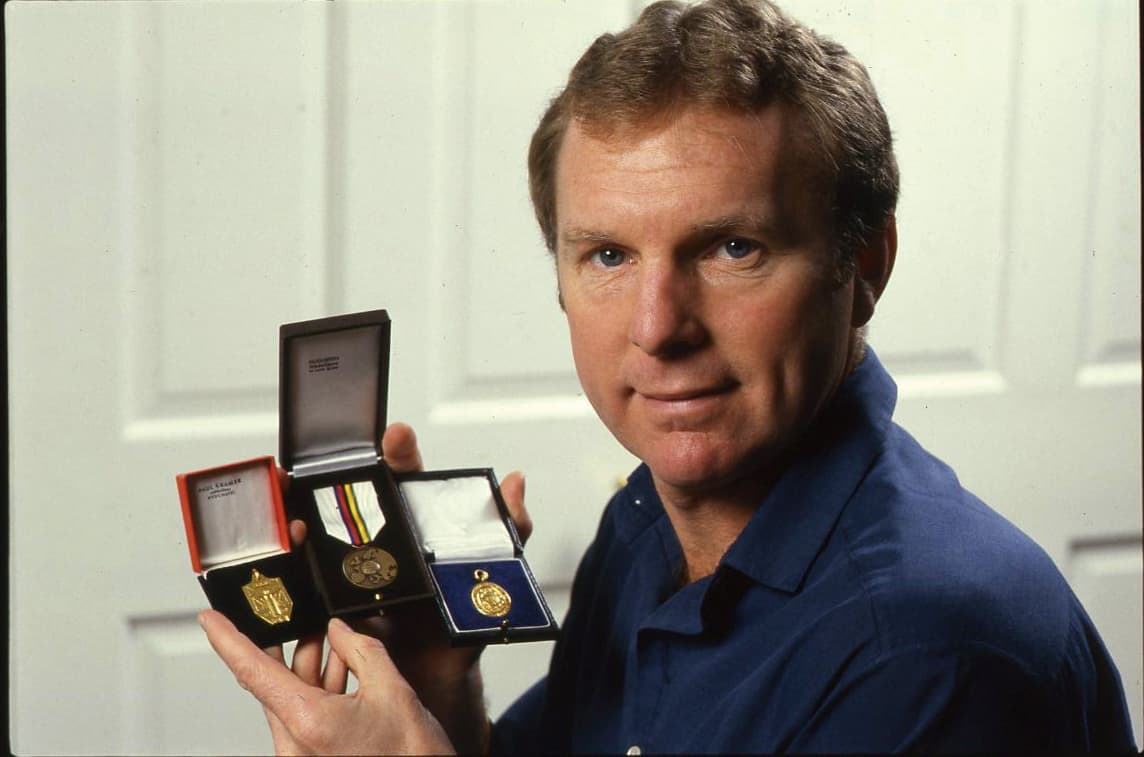
The late Bobby Moore displays a small selection of the medals he collected throughout his footballing career
Up in the air
Everything was to change in 1969 when TV Times underwent a radical redesign. Money was poured into the magazine to finance a complete makeover. ‘Suddenly there was money where there wasn’t before,’ says Rod. Peter Jackson was brought in as the new editor and fought hard not only to ensure the staff benefited financially, but also to radicalise the kind of content the magazine produced.
Perhaps the most important change, at least for Rod, came in the form of Gordon Moore, who was brought in as the TV Times art editor and was instrumental in the redesign. From that moment all the photographers were issued with 35mm cameras and Kodachrome film. The shoots became, as Rod says, a lot more fanciful.
‘One of the first big ones we did was with the singer Engelbert Humperdinck,’ recalls Rod. ‘We were looking for any angle to jazz things up. Someone found out that Engelbert was learning to fly, so naturally we dressed him up as the German fighter pilot Manfred von Richthofen, otherwise known as the Red Baron. We took Engelbert to an airfield west of London where there was a replica aircraft of a Fokker Eindecker from the First World War. Engelbert was dressed up in a cap, boots and coat – the whole pilot kit. We did a few shots, with him standing on the airstrip and the plane behind him. Then we did another set featuring a pilot dressed in the same clothes who flew up so I could get some air-to-air shots from another aircraft.’
The shoot was incredibly successful and the TV Times staff managed to pull it off without a hitch; that is, until it was revealed that someone else in the area had taken some pictures unbeknown to the team. The shots then appeared in the Daily Mirror, ruining the surprise and impact of those that were due to run in TV Times. The Engelbert feature was supposed to be one of the first big stories to run after the relaunch, but sadly the team were forced to pull it altogether.
Rubbing shoulders
Navigating your way through the variety of celebrity photos taken by Rod during his 28 years at TV Times
is dizzying. Bobby Moore, Peter Sellers, David Bowie and David Niven all put in an appearance. One figure who made an impact, as he did with the majority of people who encountered him, was actor Oliver Reed.
‘The image you see here [above] was the first time I shot him,’ says Rod. ‘He was at Twickenham Film Studios making a feature film. It was around the early ’70s and I can’t remember the movie, unfortunately. The second time I photographed him was interesting. The writer and I visited him in his home in Surrey. There were hundreds of acres and stables. Oliver would always turn up wearing beautiful suits and handmade brogues. He loved horses and just the evening before we arrived a foal had been born. I asked if I could take a picture and he took us to see it in the stables. The foal was lying in the hay and Oliver got down on the floor and cuddled it. His suit, which must have been worth more than I would earn in a year, was messed up, but it was such a fantastic shot. When Oliver was sober he really was the most kind and generous man. He was fantastic company. But as has been largely reported, he was the opposite when he was drunk.’
Up to date
For someone with so many years under his belt, it would be tempting to think that Rod would be happy to hang up his camera strap and take in some sun, but he shows no signs of slowing down. He moved into the realm of stills photography for shows such as The Darling Buds of May and Peak Practice.
‘Working on the ITV show Hornblower was lovely,’ says Rod. ‘The show was shot in foreign locations, and as it was a period show the uniforms were beautiful. Everywhere I turned there was something to shoot. I’ve worked on a great number of series, but I did carry on working for magazines for a while. It’s what I really liked doing, although I started losing my contacts. Magazines change so quickly these days. Picture editors move or get promoted. I used to turn up at interviews and think, “Gosh, I could be your father”. Then very quickly it became, “I could be your grandfather”.’
Something else that Rod found as time moved on, was that the shifts in the media and photography landscapes required him to make a move into the digital world. It wasn’t a change Rod took to immediately, but as technology advanced the benefits of digital began to outweigh the shortcomings.
‘There was real excitement waiting for the film after processing,’ says Rod. ‘There was a lot at stake, and the effort and costs involved in some of the big assignments added to this. Sometimes the team were waiting for the pictures to get them off to press urgently with very little time and, on some occasions, no back-up feature. But I really had to go digital to keep with the times.
‘While in the beginning I was a little resistant, I can’t deny things have got a lot better. Perhaps the best thing is that you can now shoot under very bad lighting conditions. It’s also made my life a lot easier.
I used to carry a Hasselblad in the car, as well as two or three Nikons and some lighting equipment. Once I started working with digital, I didn’t need any of that. I could start using public transport. I can arrive on location with just a camera and maybe a spare body.’
We’ll hear more from Rod when AP and Time Inc UK celebrate the 60th anniversary of TV Times with a huge display of previously unseen images. But for now, we have a small selection of Rod’s images to enjoy, many of which contain more history than many other photographers can hope to capture in a lifetime.

